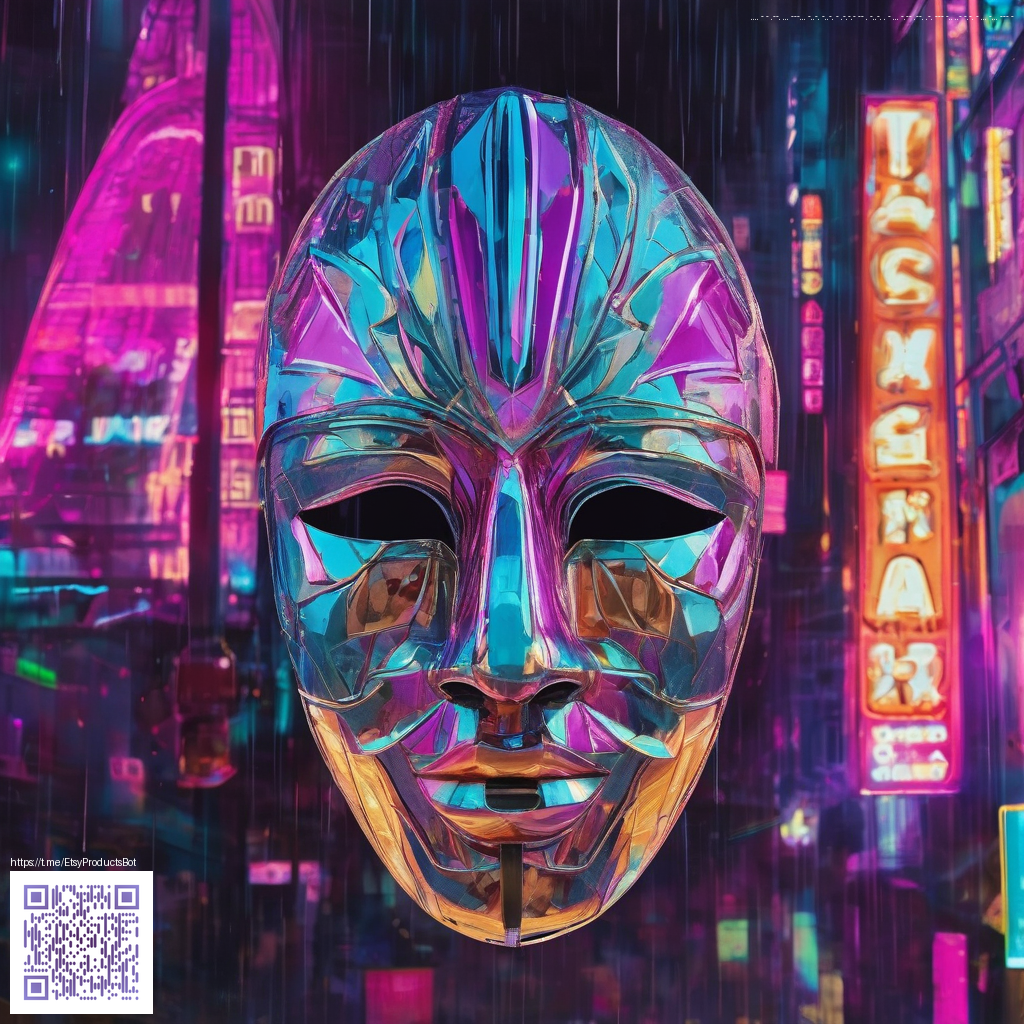
Monetizing Abstract Desktop Wallpapers in the Digital Marketplace
Abstract desktop wallpapers have a universal appeal: they can transform a screen into a mood—calm gradients, energetic geometry, or playful color fields. For creators, turning these visuals into online profits involves more than just art. It requires thoughtful packaging, licensing clarity, and smart distribution. When you combine strong design with a clear value proposition, you can build a scalable revenue stream without compromising your artistic integrity.
Who buys abstract wallpaper? Busy professionals, students, and design enthusiasts who want a distinctive backdrop that feels modern without overpowering their icons and apps. The key is to offer options: multiple aspect ratios, high-resolution files, and curated palettes that speak to different tastes. A well-structured catalog makes it easier for customers to discover something that fits their monitor, laptop, or tablet—an essential factor in an online storefront where thumbnails are the first impression.
From Creation to Commerce
Turning ideas into a profitable collection starts with a practical plan. Outline a handful of signature wallpapers, each with its own color language and composition. Then translate those designs into a range of desktop sizes (4K, 5K, and standard widescreen) so buyers don’t have to resize or crop. Clear file naming, ready-to-use metadata, and license language help reduce support overhead and reassure customers about usage rights.
“Consistency in edition, resolution, and presentation builds trust with shoppers. A cohesive collection feels premium, even before a customer sees the art in action.”
Distribution matters as much as design. Platforms like Etsy, Shopify, and specialized art marketplaces offer accessible paths to a global audience. If you’re curious about how a storefront can look and feel, examine live layouts on a page like this example page. Seeing how imagery, descriptions, and pricing flow together can spark ideas for your own listings.
Pricing, Licensing, and Perceived Value
Pricing abstract wallpaper is less about the pixel count and more about perceived value and convenience. Consider a tiered approach: single images for personal use, bundles for themed sets, and extended licenses for commercial use in digital products. Providing previews or watermarks helps buyers feel confident before purchase while protecting your work. A clear licensing section in each product description reduces confusion and increases conversion rates.
As your brand grows, tangible items can complement digital goods. A well-branded desk accessory can reinforce your aesthetic in the physical world. This product page demonstrates how a simple, well-presented accessory can align with a modern design language: Neoprene Mouse Pad – Round or Rectangular, Non-Slip Desk Accessory.
Maintaining momentum is essential. Release a steady cadence of new wallpapers—monthly releases, seasonal palettes, and limited editions—to keep shoppers returning. Pair this with thoughtful SEO, a clean storefront, and easy licensing toggles. A compelling product description that speaks to the buyer’s intent—how the wallpaper looks on a screen, what devices it fits, and how it enhances workflow—will shorten the path from discovery to purchase.
Ultimately, the goal is a seamless buying experience. High-quality previews, fast delivery of digital files, and responsive customer support convert casual browsers into repeat customers. By combining strong visuals with clear ownership and flexible usage terms, you create a trustworthy brand that customers want to return to again and again.